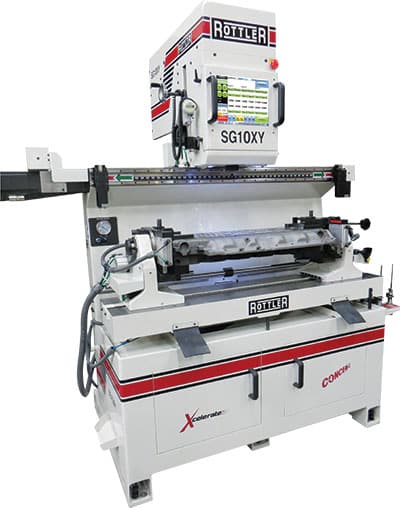Most of the moving parts that make your engine run smoothly are in its cylinder head. It can house the intake and exhaust valves, rocker arms, spark plugs, etc. (depending on what type of vehicle you drive). It also houses inlets so coolant from the radiator and oil can flow through the engine.
For these reasons, keeping this part of your engine clean and operating correctly is essential.
You may not expect that once the cylinder head is removed from your vehicle, it’s relatively easy to clean – but it is.
What is Cylinder Head?
A cylinder head is an important part of an engine. It sits on top of the cylinders and helps to seal the combustion chamber. The cylinder head also houses the intake and exhaust valves, which allow air and fuel to enter and exit the cylinder. The cylinder head plays a vital role in the efficiency of an engine, and it is important to keep it in good condition.
3 Steps to Cleaning Your Cylinder Head:
1. Do The Prep Work
It’s recommended to wear gloves while cleaning your cylinder head, since you’ll have to use powerful chemicals to get through built up sludge and dirt. Then you’ll want to put the cylinder head in a large container near a source of warm water, as you’ll want to rinse the heads. Be sure to have paper towels, brake or parts cleaner, and canned air nearby.
2. Disassembly
To clean the cylinder head valves, you have to remove the head. Methods of doing this can vary depending on the make and model of your vehicle, so you may want to look at the handbook to be sure of any details.
Typically, you’ll have to remove the valve cover first (the metal cover on top of the engine that prevents oil leaks). Before you remove the cover, you’ll want to be sure there are no cables, spark plug brackets, or PCV in your way. Then you’ll remove the valve cover bolts with the appropriate tool. Be sure to place all the small bolts and items in a safe space and keep them well organized. One missing piece could result in a lot of headache.
Once the cover is removed, you’ll have to disassemble all the parts (camshifts, exhaust valves, spark plugs, etc.). Sometimes this requires a machine press. If this is the case, you may have to bring it to a mechanic shop.
3. Cleaning
Once your cylinder head is completely disassembled, use a plastic scraper to remove any head gasket “gunk” that remains on it. However, take extra care not to scrape the surface where the gasket material is, since any damage can cause leaks. These leaks often lead to a blown gasket, which means your engine will overheat and break down, leaving your car unable to move – a problem we all want to avoid.
Once all the gasket material is removed, place the cylinder head in the large container and begin using your cleaner. Wash all the pieces of the cylinder head that you can access with a rag and the cleaner.
When you’re confident the cylinder head is as clean as it will get, you’ll want to get a second container and fill it with warm water (enough to completely submerge the cylinder head in). The cleaning chemicals can damage some cylinder heads if they aren’t rinsed right away, so be sure to do this as quickly as possible. After it has soaked for a few minutes, lift it out and rest it on a clean, dry surface. Get a new, clean rag and wipe off as much moisture as you can, then leave it to completely dry.





